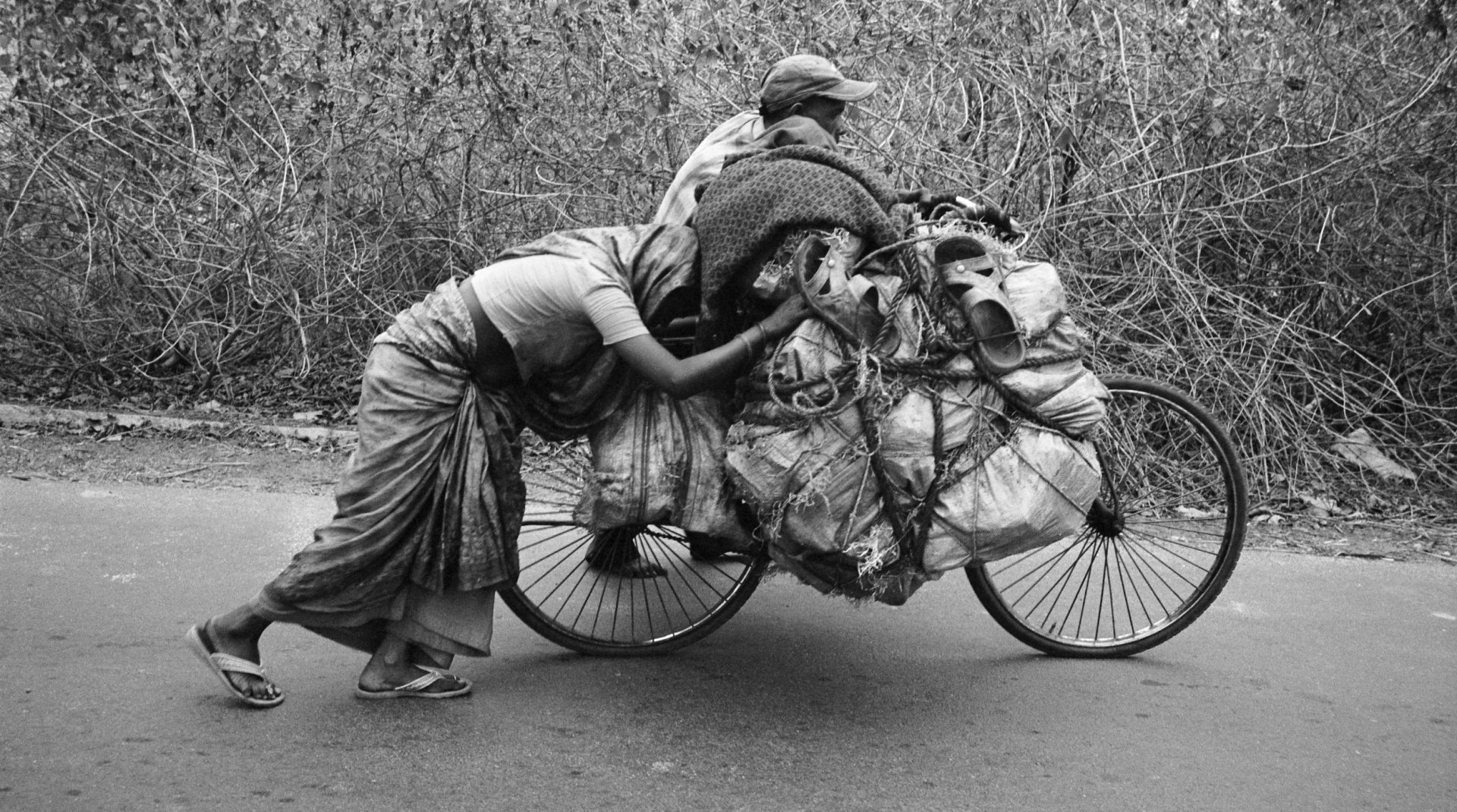
A long way from Gandhi
Marie Dorigny
pour Geo France
When Gandhi returned from South Africa in 1917, he launched his first campaign to help the disadvantaged, organizing the uprising by small farmers in Bihar against the colonial British landowners. After months of confrontation, he succeeded and the farmers prevailed; and he had tested the approach of non-violent combat - ahimsa - which he then adopted. He also earned his title of Mahatma, meaning “great soul”.
Preview
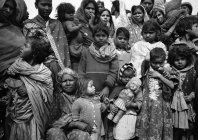
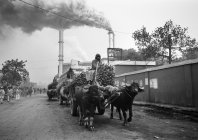
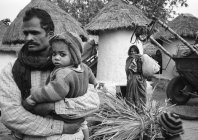
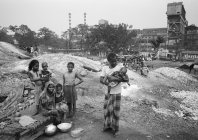

Ninety years after this pioneering campaign, however, very little has changed in rural Bihar in north-eastern India, one of the poorest states in the country. Sugarcane is now farmed instead of indigo, but the land is still in the hands of landowners who have managed to circumvent the agrarian reform introduced in the 1960s. The low-caste untouchables, or Dalits, and the indigenous Adivasi people are still oppressed by the powerful upper castes, and live in virtual serfdom. They are exploitable manpower paid a mere pittance, and while there are neo-Gandhian NGOs calling for land to be redistributed, they have not managed to enforce their land ownership rights.
In southern Bihar, mining wealth in the recently created state of Jharkhand has attracted other interests eager to exploit resources. Multinational companies have moved in, brazenly setting up their businesses on native lands. The Adivasis have been hunted from the land of their ancestors, cut off from the forest where they have their food supply, and have now been forced into exile in neighboring states. Some have doggedly remained in their villages, but simply survive on the fringe of society – the same Indian society acclaimed over recent years as a fine example of rapid growth and development. The situation is even worse in Chhattisgarh, a state bordering Jharkhand, where tens of thousands of Adivasis live in camps for internally displaced persons, victims of the brutal conflict between Naxalite guerilla forces and the police. The Naxalite movement emerged in Bengal in 1967, as an armed movement to fight feudalism and imperialism, pitting its forces relentlessly against the Indian government.
The Adivasis and Dalits have been caught up in the spiral of violence between the two sides - assassinations, abductions, looting and destruction of villages - and their only chance of survival, once again, has been to abandon their land.
For the lower castes, poverty, illiteracy and violence are their lot in life, here in India, a country beyond the reaches of the law and far removed from the ideals of Gandhi, the advocate of non-violence.





